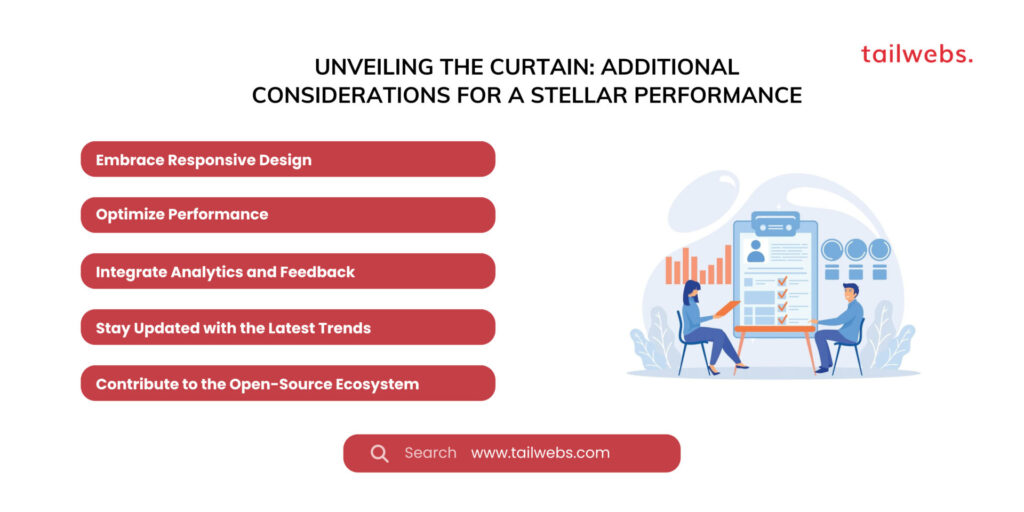Dynamic web applications development landscape is brimming with possibilities, and Pythttps://www.python.org/hon stands as a powerful language for crafting dynamic and engaging web experiences. While APIs provide essential data access, the true magic unfolds when we weave them into interactive applications. This comprehensive guide delves into the world of Python web frameworks, empowering you to transcend APIs and build captivating web applications that captivate your users.
Unveiling the Dynamic Stage: Understanding Dynamic Web Applications Frameworks
Imagine building a web application as constructing a theater production – the API serves as the script, but the framework provides the stage, props, and tools to bring the story to life. Frameworks offer pre-built functionalities, streamlining development and enabling you to focus on the unique aspects of your application.
Stats Highlighting the Importance of Web Frameworks:
- The global web development platform market is expected to reach $829.3 billion by 2024. (Statista, 2023)
- 73% of developers use Python frameworks for web development. (Stack Overflow, 2023)
- Leveraging frameworks can save up to 70% of development time. (Clutch, 2023)
Composing Your Web Application Symphony: Choosing the Right Framework
With a diverse range of Python frameworks available, selecting the right one is crucial. Here are some popular options:
1. Django:
- Full-featured framework ideal for complex applications.
- Strengths: Built-in admin panel, robust security features, large community support.
- Weaknesses: Can be complex for beginners, might be overkill for simpler projects.
2. Flask:
- Lightweight and flexible framework for versatile applications.
- Weaknesses: Requires more manual configuration compared to Django, smaller community.
3. FastAPI:
- High-performance framework designed for modern web APIs and applications.
- Strengths: Built for speed and scalability, integrates well with modern tools like async programming.
- Weaknesses: Relatively new framework, smaller community compared to Django or Flask.
4. Pyramid:
- Flexible framework offering modularity and customization.
- Strengths: Highly configurable, ideal for large-scale applications, encourages clean code practices.
- Weaknesses: Steeper learning curve compared to other options, smaller community.

Beyond the Basic Notes: Crafting a Masterpiece of User Experience
Remember, choosing a framework is just the beginning. Consider these additional elements to build a truly exceptional web application:
- Prioritize user experience: Design intuitive interfaces, ensure responsive design, and optimize for performance.
- Integrate security best practices: Protect user data, implement authentication and authorization mechanisms.
- Utilize templating engines: Create dynamic and reusable templates for efficient development.
- Leverage community resources: Seek help from forums, documentation, and tutorials offered by the framework community.

Ultimately, building web applications with Python frameworks empowers you to:
- Create dynamic and interactive user experiences.
- Reduce development time and effort.
- Benefit from pre-built functionalities and community support.
- Scale your application to meet growing user demands.
By adopting these frameworks and practices, you can transform your web applications from simple data displays into captivating and engaging experiences that resonate with your users and leave a lasting impression.
Unveiling the Curtain: Additional Considerations for a Stellar Performance
Remember, building a successful web application is an ongoing performance, requiring continuous adaptation and improvement. Consider these additional elements for a truly stellar experience:
1. Embrace Responsive Design:
- Adapt your application to seamlessly function across diverse devices and screen sizes.
- Utilize frameworks with built-in responsiveness or implement responsive design libraries.
- Emphasize accessibility to cater to users with disabilities.
2. Optimize Performance:
- Minimize loading times and ensure smooth interactions.
- Leverage caching mechanisms and optimize database queries.
- Monitor performance metrics and identify areas for improvement.
3. Integrate Analytics and Feedback:
- Track user behavior and gather feedback to understand their needs and preferences.
- Utilize analytics tools to measure engagement and identify areas for improvement.
- Integrate feedback mechanisms like surveys or contact forms to encourage user input.
4. Stay Updated with the Latest Trends:
- The web development landscape constantly evolves, so embrace continuous learning.
- Keep up-to-date with new framework features, security best practices, and design trends.
- Participate in online communities and attend workshops to stay informed.
5. Contribute to the Open-Source Ecosystem:
- Give back to the community by contributing to your chosen framework or related libraries.
- Share your knowledge and experience through blog posts, tutorials, or code samples.
- Help shape the future of web development for the benefit of all.

Beyond the Applause: Building a Legacy of Impact
By building dynamic web applications with Python frameworks, you contribute not just to user engagement, but also to the broader web ecosystem. Consider these additional impacts:
Promote open-source development:
Many popular frameworks are open-source, fostering collaboration and innovation.
Empower individuals and businesses:
Web applications can be tools for education, communication, and entrepreneurship.
Drive positive change:
Web applications can address social challenges, promote sustainability, and connect communities.

Ultimately, the future of web development belongs to those who:
- Prioritize user experience and accessibility.
- Build secure, performant, and scalable applications.
- Embrace continuous learning and adapt to evolving trends.
- Contribute to the open-source community and create positive impact.
By adopting these principles and utilizing the power of Python frameworks, you can transform your web applications into powerful tools for connection, innovation, and shaping a better future for the web and beyond.





